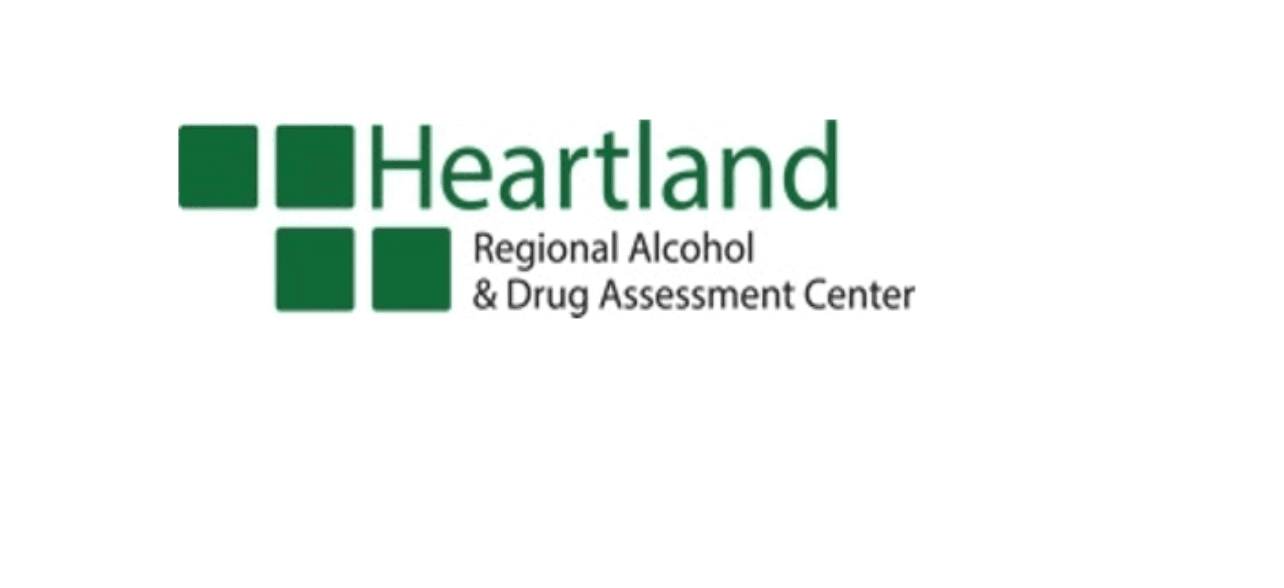Last week was National CPR and AED Awareness Week. During the week, the American Red Cross spotlighted how lives can be saved if more Americans know how to use an Automated External Defibrillator (AED) and administer CPR. It’s important to be ready to respond in an emergency situation, and the more you practice your skills, the better chance you have of being able to save someone’s life. If it’s been awhile since your last CPR/AED training (or you’ve never had any at all), you should sign up for a class in your community as soon as possible. In the meantime, here’s an overview of the basics:
Hands-Only CPR*
Who it’s for: Teens or adults who collapse suddenly in an “out-of-hospital” setting (such as at home, at work or in a park).
What you need to do:
1. Check the patient for signs of life.
2. Make sure someone calls 911.
3. Place one hand over the other and lock fingers.
4. Push hard and fast in the center of the patient’s chest to the beat of the classic disco song “Stayin’ Alive” (you need to do 100 compressions each minute, and the song’s rhythm matches that pace).
5. If at any time you notice an obvious sign of life, stop CPR and monitor the patient’s vital signs.
AED
Who it’s for: Anyone over the age of 8 who experiences sudden cardiac arrest. (Pediatric attenuated pads are recommended for children under the age of 8).
What you need to do:
1. Check the patient for signs of life.
2. Make sure someone calls 911.
3. Find the nearest AED. If you can’t find one immediately, administer Hands-Only CPR until the AED is at the scene and ready to use.
4. Turn on the AED.
5. The AED will tell you and show you, each step of the way, what is happening and what you need to do next.
6. Apply pads to patients bare, dry chest. Place one pad on the upper right chest and the other pad on the lower left side.
7. Check to see if the pads/cables are connected to the AED.
8. The AED will start analyzing the heartbeat.
9. Instruct everyone around you to stand clear and not touch the patient.
10. If the machine advises a shock, make sure no one is touching the patient (not even you).
11. Press the orange button to deliver a shock.
12. After a shock is delivered or if no shock is indicated, give two minutes of CPR before analyzing the heart rhythm again. Repeat this process if no shock is advised.
13. If at any time you notice an obvious sign of life, stop CPR and monitor the patient’s vital signs.
*The American Heart Association recommends Hands-Only CPR because it’s easy to remember and administer. Many bystanders panic when they see someone go into sudden cardiac arrest, so prior to the CPR change in 2010, they would simply watch the victim instead of administering the more difficult conventional version of CPR that incorporates breathing. The American Heart Association still recommends that conventional CPR with compressions and breaths be used for infants and children and victims of drowning, drug overdose, or people who collapse due to breathing problems.

